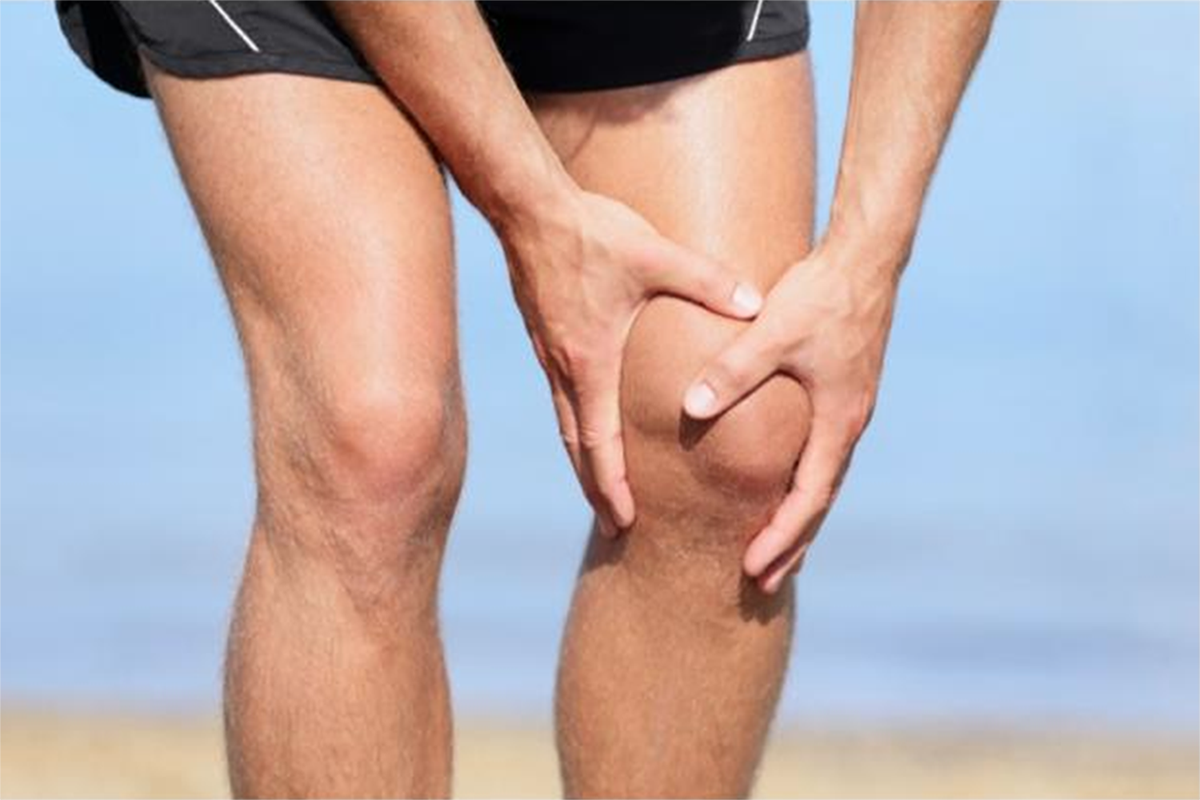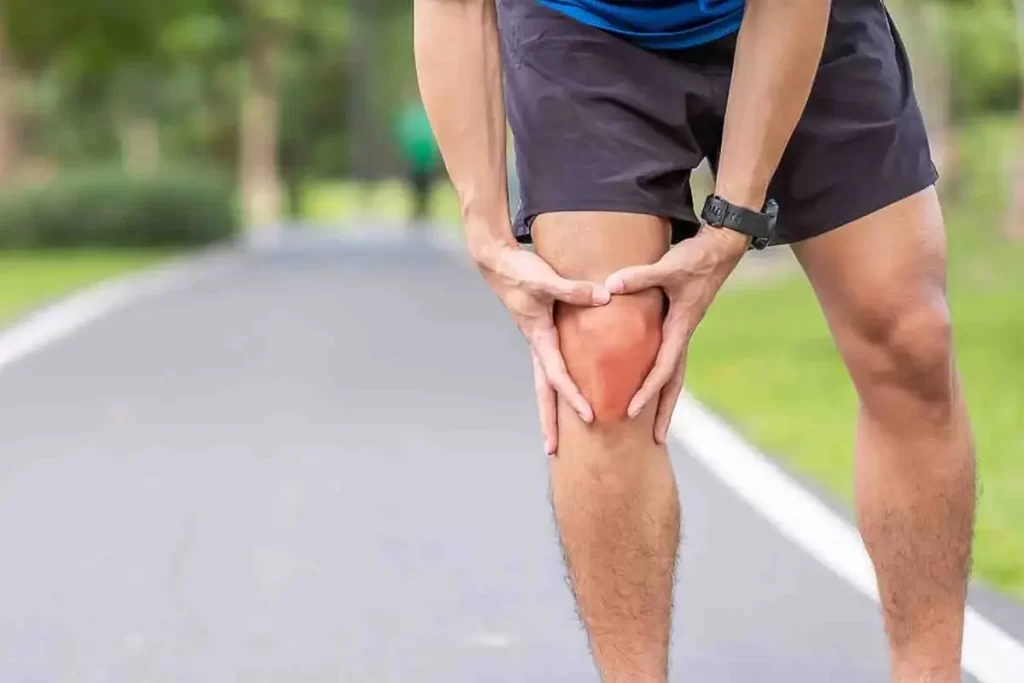Jumper’s knee, also known as patellar tendinopathy, is a common and painful condition primarily affecting athletes involved in jumping sports. While the condition tends to affect active individuals, it can also occur in less active populations. Understanding the causes, symptoms, treatment methods, and preventive strategies can help individuals manage this condition effectively and return to their preferred activities.
Definition of Jumper’s Knee
Jumper’s knee, also called patellar tendinopathy, is a disorder of the patellar tendon, which connects the kneecap to the shinbone. It is characterized by pain and tenderness just below the kneecap, often exacerbated by physical activity involving jumping or running ((83)). The condition commonly occurs in sports requiring repetitive jumping and running, leading to small tears in the tendon due to excessive stress ((116)).
Causes of Jumper’s Knee
The primary cause of jumper’s knee is repetitive strain placed on the patellar tendon from activities involving jumping, running, or sudden changes in direction. Over time, this repetitive stress can weaken the tendon, leading to inflammation and pain ((1)). Factors such as improper training techniques, inadequate footwear, and a lack of strength or flexibility in the legs can also increase the risk of developing this condition.
Symptoms
The most common symptom of jumper’s knee is pain located just below the kneecap, particularly during activities that involve jumping or running ((88)). Initially, the pain may occur only at the start of activity but can progress to persistent pain that lasts longer and interferes with regular movement, such as walking or climbing stairs ((107)). Swelling and stiffness around the knee may also develop as the condition worsens ((89)).
Risk Factors
Risk factors for jumper’s knee include engaging in sports that require repetitive jumping, such as basketball and volleyball, as well as factors like poor jumping technique, a sudden increase in training intensity, and inadequate strength in the quadriceps and hamstrings ((6)). Gender and age can also play a role, as studies indicate that adolescent males are at a higher risk for developing this condition compared to their female counterparts ((3)).
Diagnosis

Diagnosing jumper’s knee typically involves a thorough physical examination and taking a detailed medical history. Imaging tests, such as ultrasound or MRI, may be used to assess the extent of tendon damage and rule out other possible injuries ((95)) ((122)). In most cases, a clinical diagnosis based on symptoms and physical findings is sufficient ((122)).
Treatment Options
Treatment for jumper’s knee generally begins with conservative approaches. Initial strategies often include rest, ice application, and over-the-counter anti-inflammatory medications to manage pain and swelling ((98)). Physical therapy may involve strength training, flexibility exercises, and modification of activities that exacerbate symptoms ((96)) ((122)). In more persistent cases, options such as platelet-rich plasma (PRP) injections or surgical intervention may be considered ((105)) ((122)).
Prevention Strategies
Preventing jumper’s knee involves several strategies, such as proper warm-ups, strength training for the leg muscles, and appropriate footwear to provide adequate support. Gradually increasing the intensity and volume of activity, along with focusing on jumping and landing techniques, can help mitigate the risk of developing the condition. Regular stretching and maintaining flexibility in the quadriceps, hamstrings, and calves are also essential components of a well-rounded preventive approach.
Prognosis
The prognosis for individuals with jumper’s knee is generally favorable, particularly when conservative treatment options are employed early in the course of the condition. Most patients can return to normal activity within a few weeks to several months, depending on the severity of the condition and adherence to a proper rehabilitation program. However, more severe cases, particularly those requiring surgical intervention, may take longer to heal and carry a greater risk of recurrent symptoms ((57)).
Conclusion
Jumper’s knee is a significant concern for athletes, especially those involved in jumping and running sports. Awareness of the causes, symptoms, and treatment options can lead to timely intervention and effective management. By implementing preventive measures, individuals can reduce their risk and maintain an active lifestyle despite this common injury.

